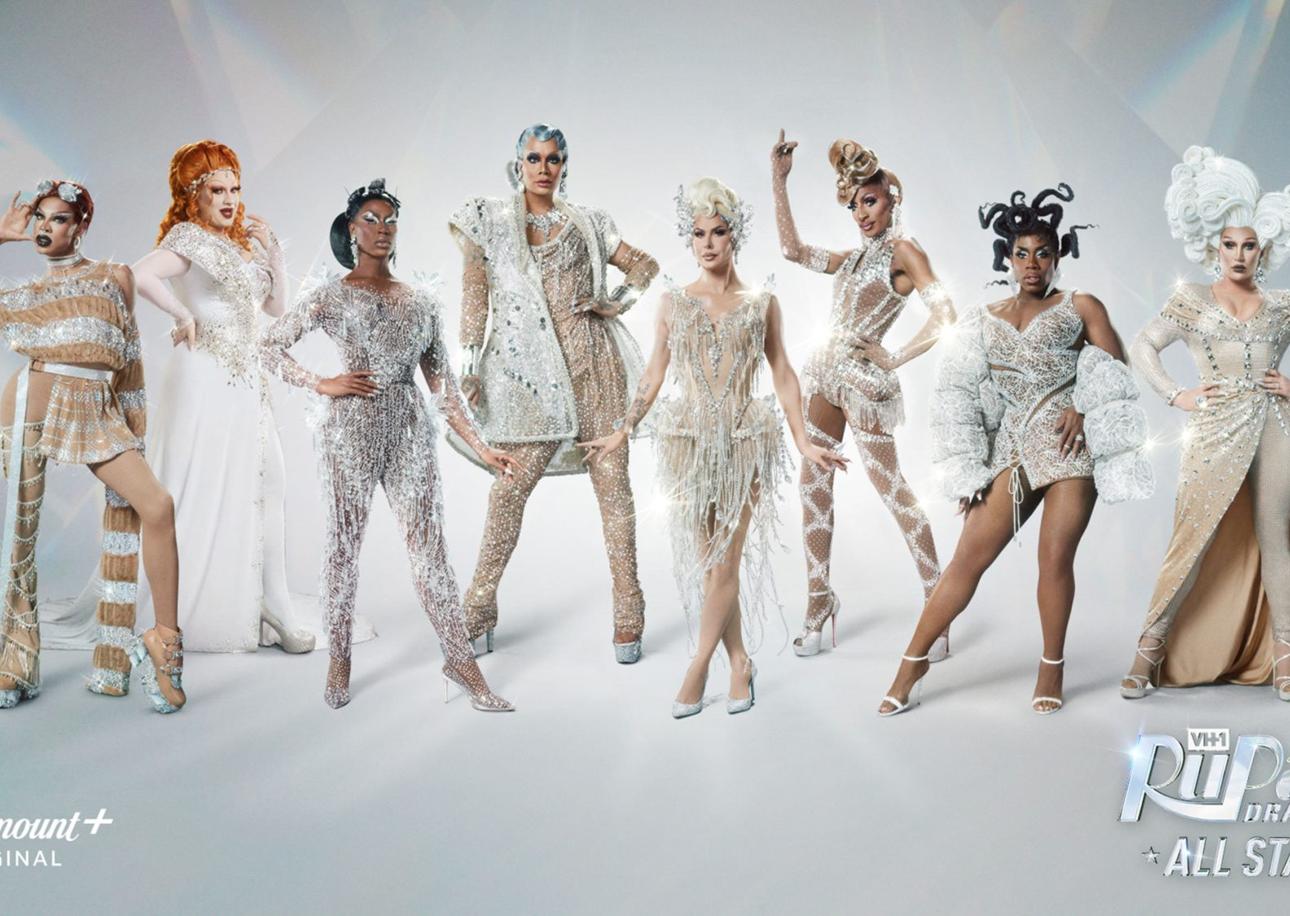The Red Envelope: Billkin and PP Krit’s Take on a Love Story Beyond the Grave
In a cinematic landscape saturated with remakes, reboots and sequels, you might ...

RuPaul’s Drag Race has been the biggest mainstream drag contest since 2009, with 14 seasons on its main series, several international spin-offs, two annual conventions, and its own spot on the Las Vegas strip. But as they sashay their way into the werkrooms, many queens realise that through the experience, they discover their gender identities.
As more share their truths and their identity, it has become more apparent that what we see as drag is no longer defined strictly by men in wigs. Instead, drag is now treated as an artform of self-expression that lets performers dig deep into what makes them who they are, while creating an alter-ego that they are proud to present to the world.
We want to celebrate drag performers of all kinds. While it would be impossible to mention every name due to the sheer number of contestants throughout the years, this short list shows that anyone—no matter their gender, sexual identity, or otherwise—can do drag.
A large number of queens come out as trans during their time on the show, and many after their time on air has ended. In fact, the most recent season has become the most trans-inclusive season of the show, with four transgender girls. The cast list includes Kerry Colby, an openly trans woman, as a competitor, and as the season got underway, Jasmine Kennedie, Bosco, and Kornbread “The Snack” Jete opened up and came out as trans.
This kind of exploration in mainstream media is new and refreshing, even for Drag Race. In 2018, RuPaul stated that he would not allow trans women to compete on the show. But after meeting strong backlash from the community, he apologised, and the casting direction for the show has since changed. Season 13 unveiled a cast list featuring the first openly trans man Gottmik, and in All Stars 6, Kylie Sonique Love became the first-ever trans winner of the franchise.
Non-binary is an umbrella term for the folks whose gender do not align with the binary (male and female), with variations of those who identify with certain aspects of the binary, and those who reject it completely. Most notable queens include Season 14 winner Willow Pill, Season 9 winner Sasha Velour, as well as Season 12 contestant and host of Drag Race France, Nicki Doll.
The ongoing All Winners season is actually the most inclusive of non-binary queens, with five competitors being non-binary—that’s more than half of the cast—with Jinkx Monsoon, Monét X Change, Raja, Shea Coulee, and Trinity the Tuck identifying as such.
Bio queens, also known as AFAB queens, are drag performers who are biologically female, but still perform in female drag. The first (and so far, only) bio queen to compete on the show is Victoria Scone from Drag Race UK Season 3.
Her announcement on the cast list was nothing short of controversial, as many debate if women putting on makeup and wigs can still be considered drag performers. But in short, the majority of the community understands that there is nothing wrong with being born female and doing female drag—as drag is inherently a play on gender, which Victoria is doing flawlessly.
Bio queens have been a part of the drag scene for so long, but their presence has just graced mainstream television, and for that, it should be celebrated.
Speaking of controversial gender identities, Drag Race’s social media was doused in oil and set aflame the day Maddy Morphosis was announced to compete on Season 14. Many discredited Maddy, claiming that the straight queen identity, which has long been associated with persecution of the community, should not be allowed in this queer space.
While each of the LGBTQ+ community member’s painful experiences is respected, Maddy coming on the show reminds us of what drag is supposed to represent in the first place: inclusivity. With her wits and high camp, Maddy tells the community that as long as the space, the artform, and the history is treated with respect, anyone can do drag.
In a cinematic landscape saturated with remakes, reboots and sequels, you might ...
These top 5 barber shops in Bangkok are where gentlemen can elevate ...
Must-have gadgets for kids in the Y2K are, predictably, making a comeback ...
While traditional TV shows are serving us endless boy-meets-girl tales. Thailand has ...
Stay ahead of the curve with these three must-visit new restaurants in ...
See how Kim Steppé’s early passions, family values and entrepreneurial spirit continue ...
Wee use cookies to deliver your best experience on our website. By using our website, you consent to our cookies in accordance with our cookies policy and privacy policy